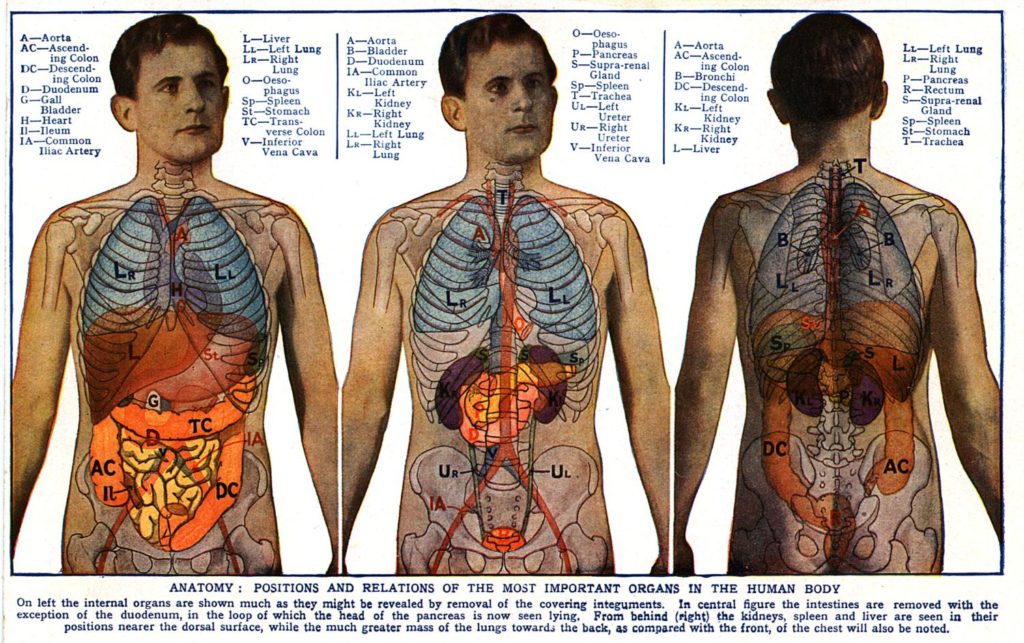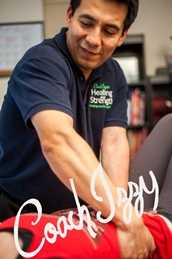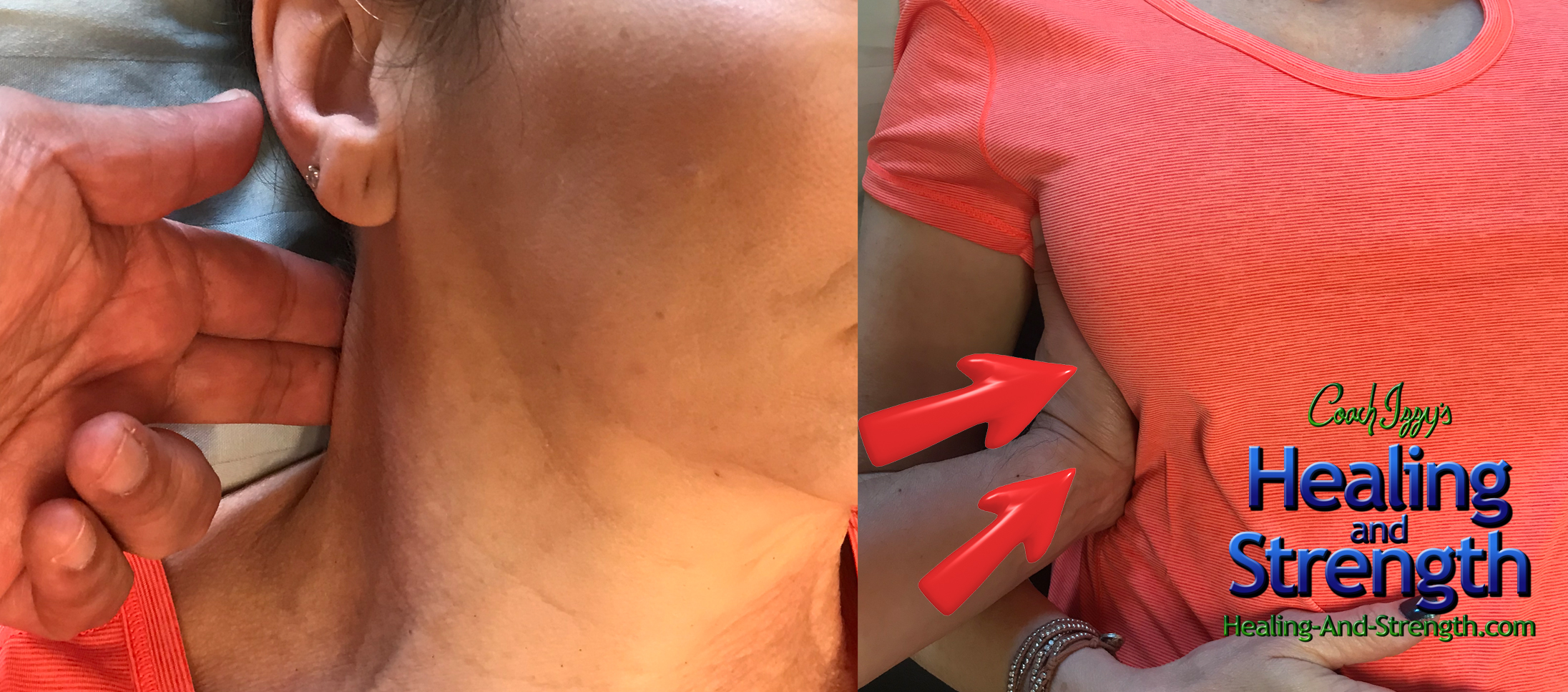The raised eyebrow of disbelief appears when I warn Counterstrain neophytes of the potential soreness, or other effects, after their initial session.
“But you barely touched me,” they say. “I get deep tissue all the time; how can this affect me?”
My reply is consistent: “This is one of the deepest forms of bodywork you’ll ever receive.”
Yet the disbelief lingers. Though the evaluation of tender points and trigger points might cause some discomfort, the sensation experienced during Counterstrain therapy is not what one expects from deep tissue work. It’s only when the post-treatment soreness manifests that nonbelievers pay attention.

The broad concept of deep tissue implies direct, pressure-intense, and occasionally uncomfortable manual therapy. Counterstrain—which relies on gentle manipulations to indirectly treat deep fascial structures—does not fit this mold, thus, referring to it as a deep form of bodywork seems contradicting.
In reality, there are no contradictions, only misconceptions.
Depth in Deep Tissue Bodywork and in Counterstrain
There’s more complexity to the application of deep tissue therapy than the clichéd punitive kneading. Skilled deep bodyworkers apply only the necessary pressure to produce changes, and though this may be uncomfortable, they know how to minimize it. They also know that administering more discomfort than necessary is unethical and ineffective.
But the biggest misconception in understanding treatment depth comes from unfamiliarity with what each modality targets. Although deep tissue bodyworkers and Counterstrainers aim for structures beneath the most superficial muscular or myofascial layers, their targets are different.
Take for instance; hip dysfunctions attributed to the quadratus femoris. This powerful deep hip rotator lies beneath the massive and more superficial gluteus maximus. Deep tissue bodyworkers usually work through the gluteus maximus and other layers of connective tissue when targeting this structure. A similar process applies to other deep structures like the tibialis posterior, which is worked through the soleous and gastrocnemius; or the pectoralis minor which is worked through the pectoralis major.

On the other hand, when Counterstrain therapists say deep they don’t mean muscles but rather, the structures that run inside them or in between them. We don’t treat the muscles per se, but because our work is indirect, we use the muscles—as well and skin and other connective tissues—as conduits to those deeper structures.
For instance, in the region of the quadratus femoris—depending on the results of the cranial scan—Counterstrainers may target the vesicular artery, the posterior femoral cutaneous nerve, or the Fascia of Toldt. In the lower extremity, instead of the tibialis posterior, Counterstrainers will aim for the popliteal artery, or the descending branch of the descending genicular artery, or the tibial nerve.

While this difference is evident to Counterstrainers and bodyworkers acquainted with Counterstrain, it’s not so to the general public or even other health professionals. The broad perception of deep bodywork remains muscle-oriented, and with good reason. Muscles are the structures we study the most and in addition to bones, they’re the structures we can palpate with the most certainty. Since deep tissue bodyworkers refer to muscular structures when explaining their procedures, it’s not surprising then, that deep tissue work is equated to intense muscular treatment.
On Tender Points and Trigger Points
Treatment of tender points and trigger points is one of the hallmarks of deep tissue bodywork but not exclusive to it. Counterstrain also relies on changes in tender points and trigger points to monitor progress, but the approach is different.
For a deep tissue bodyworker, a trigger point is an indication of localized protective mechanisms, thus, that’s where treatment takes place. Take for instance, the trigger points commonly found in the posterior mid-cervical area. Let’s say that the deep tissue therapist has determined via palpatory, postural, or motion assessments, that mid-cervical pain and rigidity are being produced by dysfunctions in the splenius capitis or splenius cervicis muscles. The therapist will treat by applying compression, glides, or stretches to these structures until the trigger points subside and the area softens.

To the Counterstrainer, trigger points and tender points are indicators of dysfunctions in structures that may be distant from the affected segment, thus, treatment often takes place away from the area of discomfort. Following the aforementioned example, posterior mid-cervical rigidity could be caused by many structures including veins, arteries, nerves, pleura, etc. Let’s suppose the cranial scan reveals that the dysfunction is the result of protective reflex arcs in the phrenic nerve—a deep and not directly accessible structure. While the rigidity, discomfort, and most common tender point are located in the mid-cervical area, the treatment is performed via a gentle compression of the mid-thorax to indirectly shorten the phrenic nerve and shut off its reflex arcs.
How is It Possible to Go Deep with Virtually no Pain?
Now that we know that deep tissue bodywork and Counterstrain aim for different targets, we can begin to understand how Counterstrain treats deep structures without discomfort. In order to do so, we must understand how a Counterstrainer approaches treatment.
Proficient Counterstrainers have one outcome in mind: to shut off protective reflex arcs. They know that pain, tightness, postural distortions, and segmental weaknesses are driven by these higher commands of the autonomic nervous system, and once they’re shut off in proper sequence, the symptoms resolve without direct intervention.
Proficient Counterstrainers also know that the affected segment and the responsible structure have different characteristics. While it might be difficult and uncomfortable to mobilize the affected segmented, it is actually easy and painless to shorten the responsible structure, as contraction is the inherent protective mechanism.

Let’s revisit the phrenic nerve. The posterior mid-cervical rigidity and pain won’t respond to stretches or glides because they’re only symptoms. In fact, attempts to directly lengthen and soften the segment may exacerbate it. However, the compression of the mid-thoracic cage will be painless and effortless, thus fulfilling one of the core principles of Counterstrain: follow the direction of ease. It’s nearly impossible to cause discomfort while doing so because the treatment would never be forceful. Once the protective reflex arcs in the phrenic nerve are shut off and the lymphatic-venous system removes localized metabolic byproducts, the posterior mid-cervical segment regains its mobility and it’s no longer painful.
Final Thoughts
My objective was to clarify why I refer to Counterstrain as one of the deepest forms of bodywork, not to pit it against deep tissue. Though by default most people seek to compare, it’s futile to do so since each modality has its own approach, targets, and sensations. In the end, both have proven successful in their own right.
I also hope this article gave you an insight as to how I approach treatment. My methodology as a Counterstrainer is different, not because it’s purportedly superior or magical, but because of the nature of Counterstrain.
Until next time, may you enjoy a fit and pain-free life!


